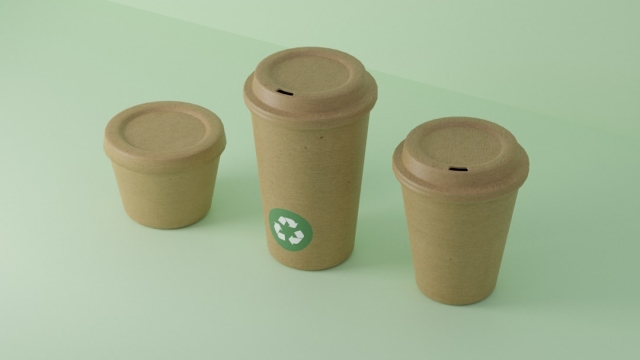As environmental concerns continue to shape consumer preferences and business practices, the demand for sustainable packaging solutions has grown substantially. Traditional films, often derived from petroleum-based plastics, pose significant environmental challenges, including pollution and waste accumulation. In response to these issues, many industries are exploring eco-friendly film alternatives that provide the necessary functionality while minimizing environmental impact. This article delves into one of the most promising sustainable options: water-soluble films, their benefits, applications, and how they compare to conventional films.
Introduction to Eco-Friendly Film Alternatives
The push for sustainability has led to a reevaluation of materials used in various applications, particularly in packaging and textiles. Traditional plastic films are notorious for their longevity in landfills and their contribution to ocean pollution. In contrast, eco-friendly film alternatives aim to reduce these negative impacts. By utilizing renewable resources and innovative materials, these alternatives are designed to decompose or dissolve in natural environments, offering a more sustainable option for consumers and businesses alike.
Water-Soluble Films: Benefits and Applications
Water-soluble films are a standout example of eco-friendly film alternatives. Made from natural polymers, these films dissolve in water, leaving no toxic residue behind. This property lends itself to a variety of beneficial applications across multiple industries.
Composition and Properties
Water-soluble films are typically composed of materials such as polyvinyl alcohol (PVA), which is biodegradable and non-toxic. When exposed to water, these films break down quickly, making them a suitable option for disposable packaging and single-use products. Their ability to dissolve in water allows for easy disposal, reducing the risk of littering and environmental harm.
Practical Applications
The versatility of water-soluble films extends to several sectors. In packaging, they can be used for single-use items such as laundry pods, where the film encases detergent that dissolves in wash water. In agriculture, these films are utilized for seed coatings, protecting seeds during planting while allowing them to disintegrate and enrich the soil as they dissolve. Additionally, water-soluble films find applications in the textile industry for protective coatings and temporary bindings, which can be eliminated by simple immersion in water.
Comparative Analysis of Traditional vs. Eco-Friendly Films
When evaluating the benefits of eco-friendly film alternatives like water-soluble films, a comparative analysis with traditional films is essential. Traditional plastic films are durable and versatile, but their environmental drawbacks are significant. They contribute to pollution, take hundreds of years to decompose, and can harm wildlife. Conversely, eco-friendly films provide a compelling solution with several advantages:
- Biodegradability: Water-soluble films dissolve in water, posing less risk to the environment compared to traditional plastics that persist for decades.
- Reduced Waste: By utilizing materials that break down naturally, eco-friendly films help mitigate landfill overflow and pollution.
- Safety: Non-toxic materials used in water-soluble films mean a lower risk of harmful chemical exposure to consumers and wildlife.
Considering these advantages, businesses and consumers are encouraged to explore and adopt eco-friendly film alternatives in their operations and daily lives. Transitioning to more sustainable practices not only supports environmental efforts but also aligns with a growing consumer preference for responsible products.
In summary, the shift toward eco-friendly film alternatives, particularly water-soluble films, represents a significant step forward in sustainable packaging solutions. By understanding their benefits and applications, individuals and industries can make informed decisions that contribute positively to the environment. For more information on specific products and options related to eco-friendly films, you can visit this resource.

